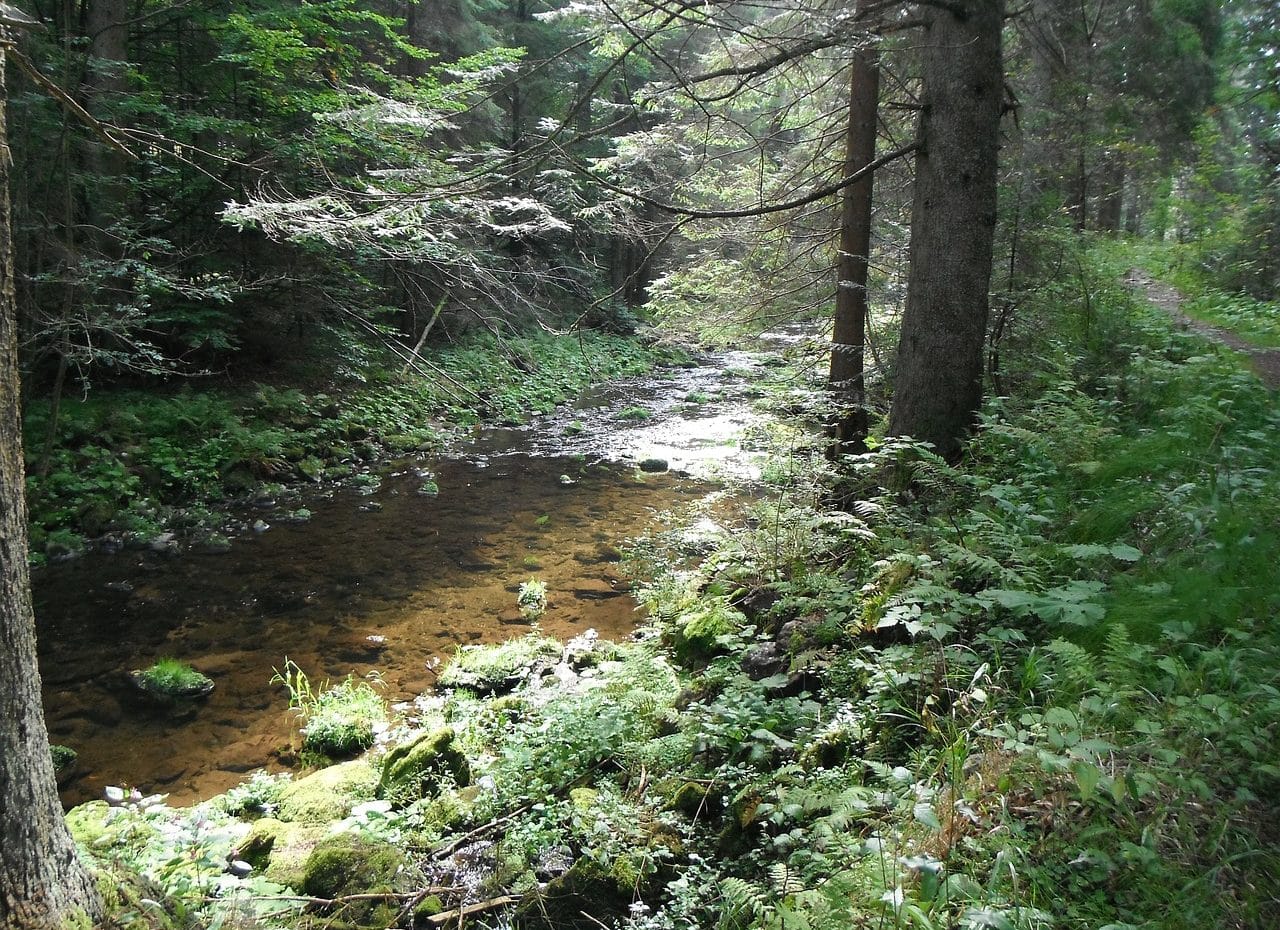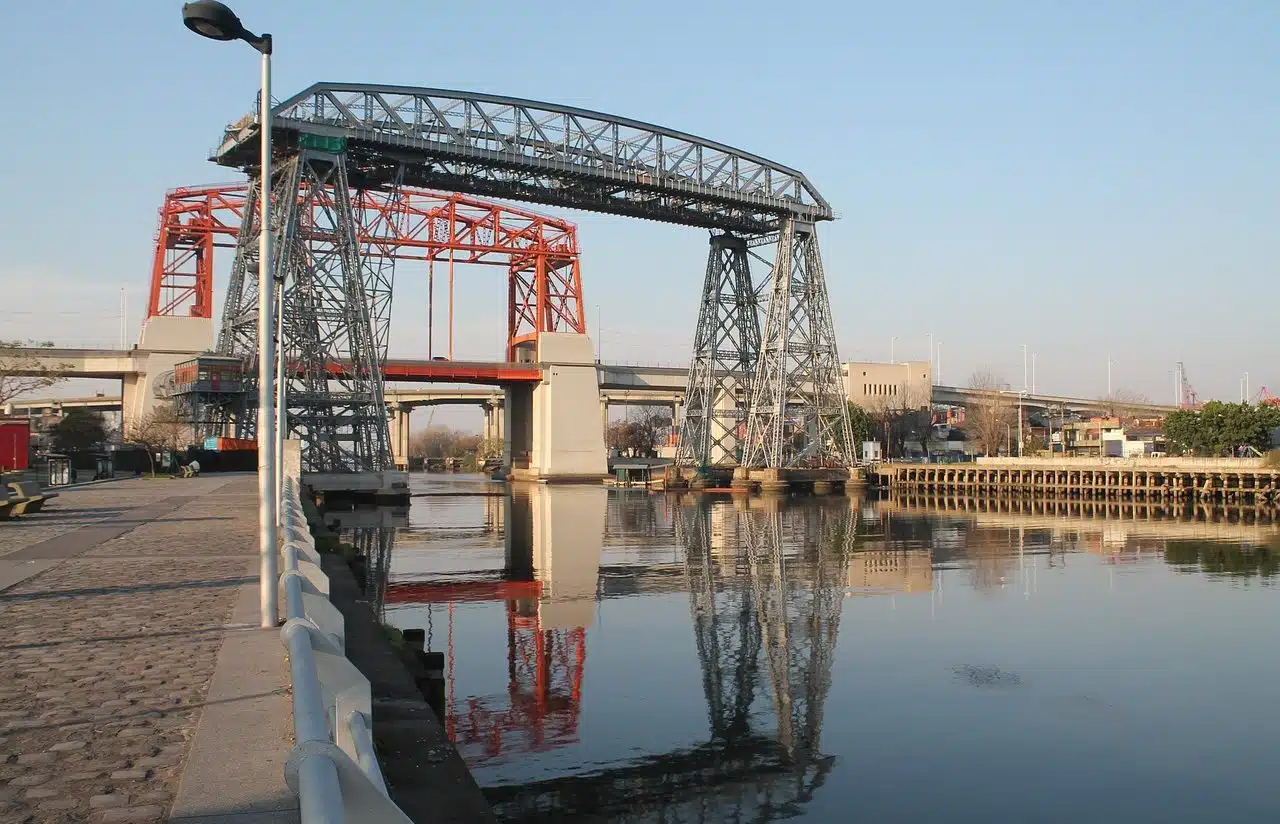
A stream is a watercourse with low flow.
A stream is a small watercourse with little flow . The term, diminutive of river , can be used as a synonym for stream (a low-flow water current that usually flows continuously).
For example: “In the summer, children usually bathe in the stream at the entrance to the town,” “The man has fished in this stream since he arrived in these lands,” “The pollution of the stream worries the authorities now .” that can affect the health of neighbors.”
El Riachuelo in Argentina
In Argentina , the mouth of the Matanza River is known as Riachuelo . This river originates in the province of Buenos Aires , forms the southern limit of the Autonomous City of Buenos Aires (the Federal Capital ) and empties into the Río de la Plata after traveling about 60 kilometers .
The name Riachuelo is given to the Matanza River from the Puente de la Noria to its mouth, in the neighborhood of La Boca . The lowest neighborhoods of the city usually flood due to the increase in the flow of the Riachuelo when the sudestada phenomenon occurs (a storm with strong southeasterly winds).
The main characteristic of the Riachuelo is its pollution , since it receives all types of industrial waste that put the lives of the thousands of residents who live around it at risk. Various studies have found a large amount of heavy metals and sewage in the Riachuelo , which is among the most polluted rivers on the planet and whose sanitation plans have never prospered satisfactorily.

The Riachuelo de Buenos Aires is famous for its high level of pollution.
Studies on pollution
In 2013 , the Argentine Riachuelo received a mention that did not fill the southern country with pride: it obtained eighth place in a list of the ten most polluted places in the world, in a study that also highlighted sites such as the African river Niger and the ghost city. Chernobyl , Ukraine . The organization in charge of this research was the Blacksmith Institute , and it had the collaboration of the Swiss Green Cross .
The data, which began to be collected since 2009 , show that the Riachuelo extends for 60 kilometers bordering the city of Buenos Aires and that it receives waste from an average of 15,000 industries. In addition, it reports the contaminants found in its soil. Also in 2013 , an article in " Salud Colectiva" , a four-monthly scientific publication published by the National University of Lanús , indicated that 80% of the water samples taken from the Riachuelo are highly dangerous.
More than half of the surrounding population, which is equivalent to about 12,000 people, is exposed to a region that, according to the report, is not considered suitable for humans. It is worth mentioning that the unpleasant stench emanating from the Riachuelo can be perceived from many of the nearby streets and highways, and is very unpleasant even for those who have always lived there; There are bridges that cross it and businesses and homes that must remain around it, forcing thousands of people to breathe that nauseating air every day.
But not everything seems to be lost for the Riachuelo , since in July 2008 a ruling by the Supreme Court imposed the obligation on the national, Buenos Aires and Buenos Aires states to carry out the sanitation of its waters. Currently, there is more than one program focused on cleaning it, and one of them is supported by a loan granted by the World Bank .
It is believed that sooner or later the pollution (already folkloric) of the Argentine Riachuelo will be left behind, although there is still a lot of work ahead; Mainly, it is necessary to pay special attention to the health of citizens and work to make the change definitive.
